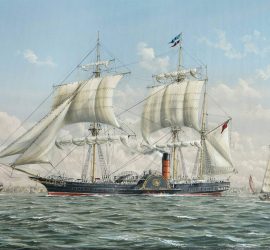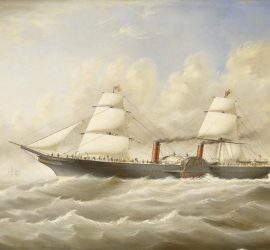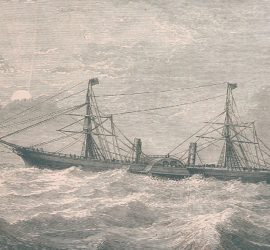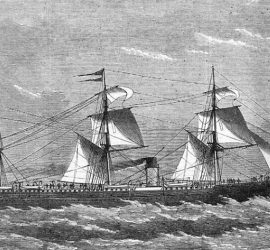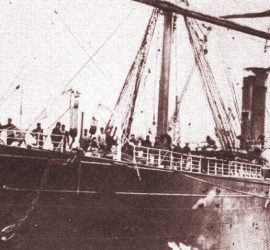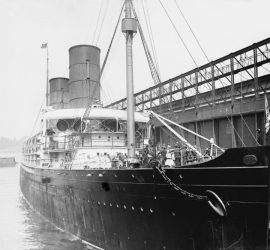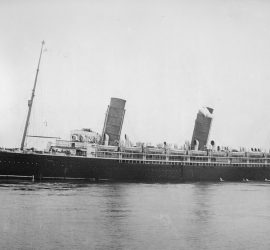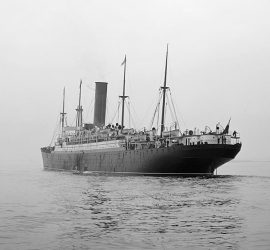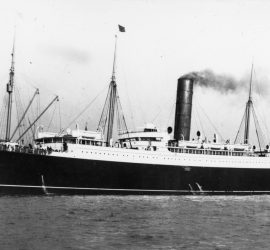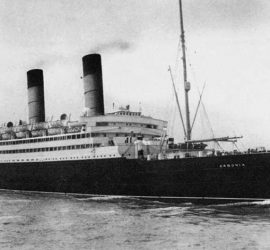1840 – 1880 / Samuel Cunard’s pioneering vessel, the Britannia was the very first ship of the Cunard Line.
cunard line
1856 – 1872 / Although her career was not very dramatic, the Persia is noteworthy for being Cunard’s first iron-hulled ship.
1862 – 1904 / An unusually long-lived vessel, Cunard’s Scotia was a speed queen of her age and saw a second life as a cable-laying ship.
1867 – 1902 / Also known as Waesland / Catching up with modern technology of the time, the Cunard Line launched the Russia as their first ship built with a propeller rather than paddle wheels.
1870 – 1956 / Also known as Victoria / With a remarkable longevity, the Cunarder Parthia would see almost nine decades of service in various guises.
1893 – 1918 / The first twin-screw ship of the Cunard fleet, the Campania was a speed queen of her time. She held the Blue Riband of the North Atlantic, and served in World War I as an aircraft carrier. Sadly, she sank after an accidental collision, just four days before the armistice.
1893 – 1909 / An ocean greyhound, just like her older sister, the Lucania proved the fastest of the two. Setting records for both west- and eastbound crossings of the North Atlantic, she was one of many Cunard speed queens. Unfortunately, she was destroyed by fire in 1909.
1900 – 1925 / A large yet modest ship in the Cunard fleet at the time, the Saxonia was a workhorse that remained with the company until her scrapping in 1925.
1903 – 1918 / Not originally intended as a high-profile vessel, the Cunarder Carpathia entered the history books when she dashed through the night to pick up survivors from the sunken Titanic. She was torpedoed and sunk during World War I, while still in civilian service.
1905 – 1932 / Cunard’s first Caronia was the company’s hitherto largest ship, although no record-breaker in terms of speed. Her career was prosperous, and she served in World War I both as an armed merchant cruiser and a troopship. Her end came at the shipbreakers in Osaka.

